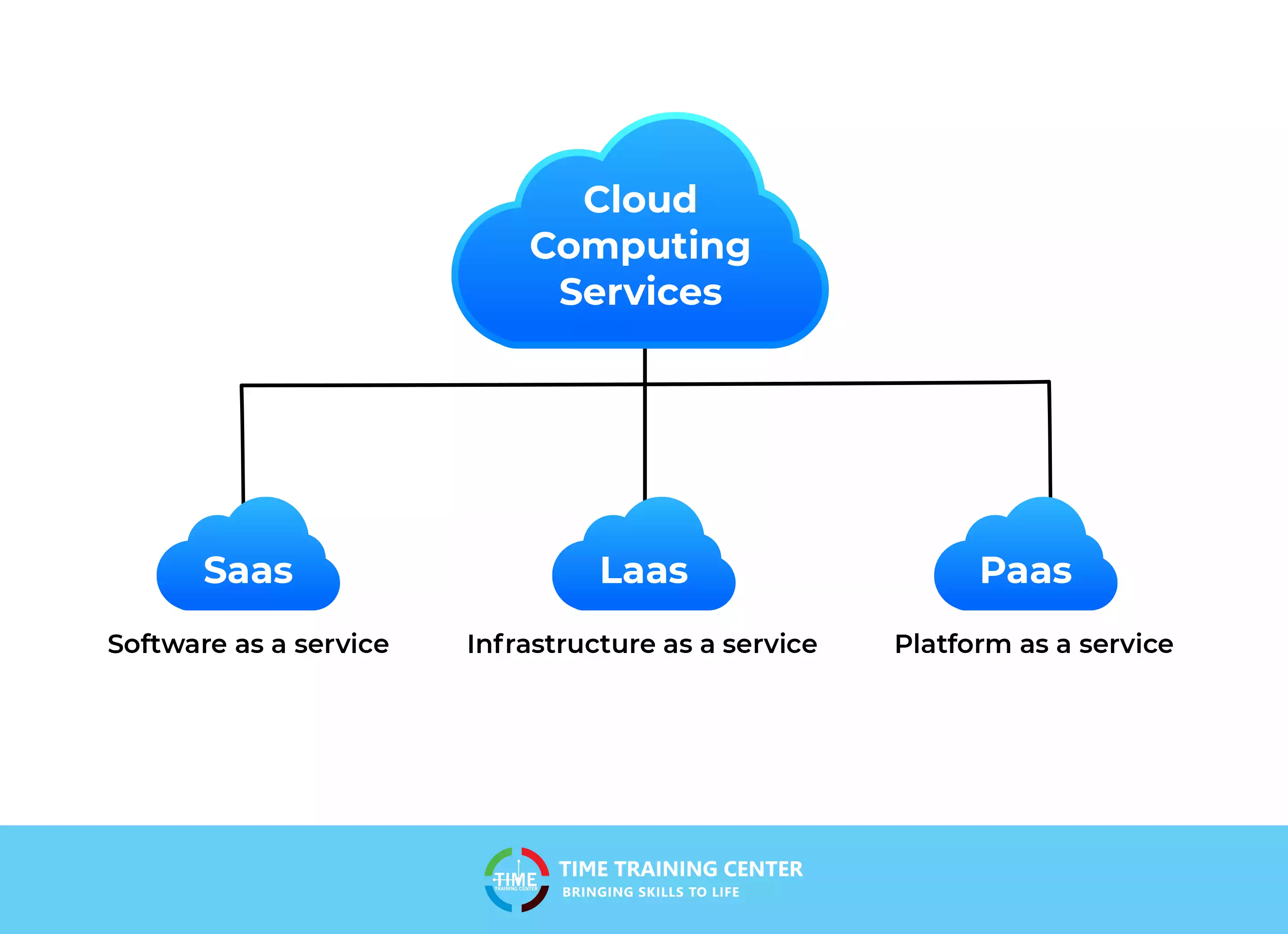Drive Innovation: Taking Advantage Of the Power of Cloud Solutions
In the busy landscape of modern-day organization, using the power of cloud services has come to be a vital aspect for companies intending to drive development and keep an one-upmanship. The capability to scale resources dynamically, take on innovative innovations effortlessly, and streamline advancement processes efficiently can considerably impact an organization's capacity to introduce and adapt. As we discover the detailed relationship between cloud services and innovation, appealing understandings on just how cloud services change typical company practices and pave the method for groundbreaking developments will be revealed.
Advantages of Cloud Provider
Cloud services offer various benefits to services and people looking for reliable and adaptable solutions for their digital needs. One of the key benefits of making use of cloud services is the cost-effectiveness they provide. By transferring to the cloud, organizations can get rid of the requirement for pricey on-premises equipment and upkeep costs, instead opting for a pay-as-you-go version that lines up with use. This scalability allows services to readjust sources based upon demand, causing optimal expense management.
In addition, cloud services enhance availability and cooperation amongst teams. With information stored in the cloud, employees can firmly access documents and applications from anywhere with an internet link, promoting remote job abilities and improving performance. Real-time cooperation attributes make it possible for several individuals to service records at the same time, promoting seamless team effort no matter of physical area.
One more benefit of cloud services is the boosted information safety and security and disaster healing they provide. Cloud suppliers apply innovative safety procedures to secure information from cyber dangers, making certain compliance with sector regulations. Furthermore, automated backups and healing options reduce the risk of information loss because of unexpected events, providing peace of mind to users.
Cloud Migration Strategies
Transitioning to cloud services involves meticulous planning and strategic execution to make sure a smooth and efficient migration process. There are several cloud movement strategies that organizations can take into consideration when moving their procedures to the cloud. The 'Replatform' method involves making some cloud optimizations throughout migration, such as upgrading the application design to take advantage of cloud-native attributes.
Enhancing Collaboration in the Cloud
Enhancing group partnership via cloud-based devices can dramatically increase efficiency and enhance interaction within organizations. By leveraging cloud services, teams can function with each other seamlessly regardless of their physical locations, allowing real-time cooperation on tasks. Cloud-based interaction devices such as Slack, Microsoft Teams, or Google Work space give a central system for group members to share documents, exchange ideas, and coordinate tasks successfully. These tools use functions like instantaneous messaging, video conferencing, documents sharing, and project monitoring, improving teamwork and minimizing reliance on traditional communication methods like e-mails.

Security Considerations for Cloud Adoption
Exactly how can organizations make sure the durable safety and security of their data when adopting cloud solutions? Safety factors to consider are vital in the fostering of cloud services. To safeguard data, companies need to initially carry out a complete threat analysis to identify prospective vulnerabilities and risks. Executing strong encryption techniques for data both in transportation and at remainder is essential. Access control systems must be put in area to restrict unapproved entrance, and multi-factor verification can add an added layer of safety and security. Normal security audits and tracking of the cloud environment help in detecting and minimizing any type of safety and security violations immediately.

Cloud-Native Innovation Practices
In the realm of cloud computer, welcoming cloud-native development practices is imperative for companies making every effort to optimize their electronic framework and enhance operational effectiveness. Cloud-native technology techniques entail establishing applications especially for cloud settings, leveraging the scalability, flexibility, and agility that cloud services offer. By making applications with cloud-native principles in mind, such as microservices architecture, containerization, and orchestration, companies can streamline their advancement processes, improve resource utilization, and react better to transforming market needs.
In addition, cloud-native technology practices promote continuous combination and continuous delivery from this source (CI/CD) pipelines, allowing automated testing, release, and surveillance of applications. This iterative strategy cultivates faster innovation cycles and improves total software program quality. Additionally, making use of serverless computing and handled solutions permits companies to concentrate on developing core organization performances while unloading infrastructure monitoring tasks to cloud company.
Fundamentally, embracing cloud-native technology methods equips organizations to drive technology, accelerate time-to-market, and remain affordable in today's quickly progressing digital landscape.
Verdict

As we explore the intricate partnership in between cloud services and innovation, interesting understandings on how cloud services change conventional business practices and pave the way for groundbreaking innovations will certainly be revealed. - universal cloud Service
There are numerous cloud movement approaches that organizations can think about when relocating their procedures to the cloud. Cloud-native advancement techniques involve establishing applications specifically for cloud atmospheres, leveraging the scalability, flexibility, and dexterity that cloud solutions offer. In addition, the use of serverless computing and handled services permits organizations to focus on developing core service capabilities while offloading framework management jobs to shadow solution suppliers.
It is necessary for firms to take into consideration click to read cloud migration methods, enhance partnership in the cloud, and prioritize protection measures to guarantee successful adoption of cloud solutions and drive advancement within their company.